Ethnographic Museum Zagreb
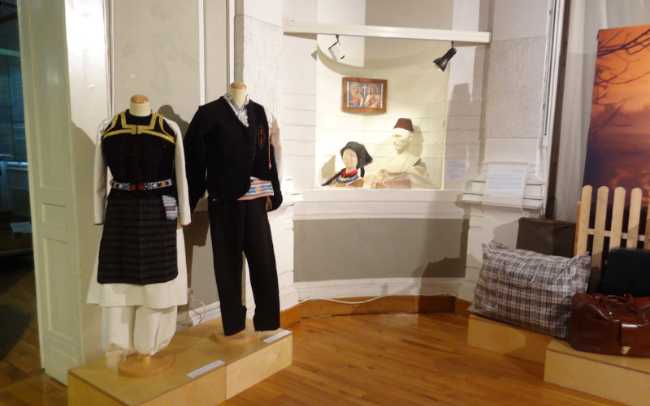
Housed in a striking 1903 Secession-style building by architect Vjekoslav Bastl, the Ethnographic Museum in Zagreb offers a vivid journey through Croatia’s cultural heritage. Founded in 1919, it preserves over 80,000 artefacts, with around 2,800 on display, showcasing traditional life across the Pannonian, Dinaric, and Adriatic regions. Visitors can admire richly embroidered folk costumes, ceremonial dresses, musical instruments, furniture, and tools, alongside immersive reconstructions of rural interiors. The museum also holds fascinating collections from Africa, Asia, Australia, and the Americas, many donated by Croatian explorers. Temporary exhibitions and a well-curated shop add to the experience, while the building’s ornate façade and painted cupola reflect the artistry within. Just steps from the Croatian National Theatre, it is a place where history, craftsmanship, and storytelling meet, offering insight into both local traditions and global connections.
Zagreb CroatiaThe Ethnographic Museum in Zagreb is located at 14 Ivan Mažuranić Square, in a historic Secession-style building originally constructed in 1903 as the Trades Hall. The museum showcases around 85,000 artifacts, with approximately 2,800 items on display, illustrating the traditional and cultural heritage of Croatia across three main ethnographic zones: Pannonian, Dinaric, and Adriatic. Visitors can explore richly detailed exhibits featuring folk costumes, ceremonial dresses, musical instruments, furniture, pottery, tools, and jewelry, along with collections from regions including Africa, Australia, and South America. Nearby, the museum is situated close to other key cultural landmarks such as the Croatian National Theatre, King Tomislav Square, and the Jelacic Square, making it easily accessible and part of Zagreb’s vibrant cultural “horseshoe” district. The area is ideal for exploring local cafés, shops, and additional museums, offering a rich and immersive experience of Zagreb’s cultural richness.
 Museum of Broken Relationships
Zagreb
Museum of Broken Relationships
Zagreb
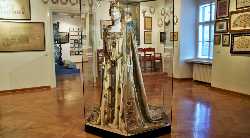 Zagreb City Museum
Zagreb
Zagreb City Museum
Zagreb
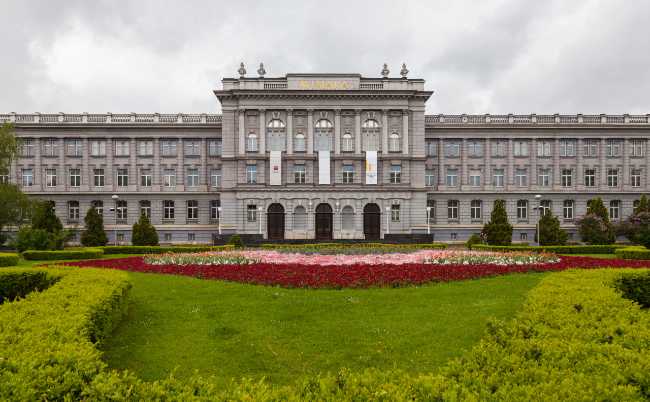 Mimara Museum
Zagreb
Mimara Museum
Zagreb
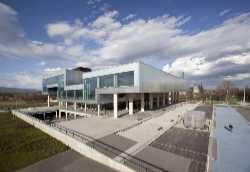 Museum of Contemporary Art
Zagreb
Museum of Contemporary Art
Zagreb
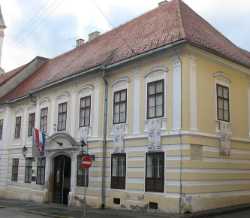 Croatian Museum of Naïve Art
Zagreb
Croatian Museum of Naïve Art
Zagreb
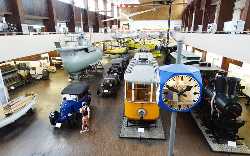 Technical Museum Nikola Tesla
Zagreb
Technical Museum Nikola Tesla
Zagreb
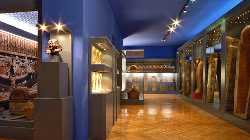 Archaeological Museum in Zagreb
Zagreb
Archaeological Museum in Zagreb
Zagreb
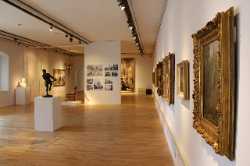 Klovićevi Dvori Gallery
Zagreb
Klovićevi Dvori Gallery
Zagreb
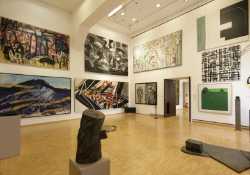 National Museum of Modern Art
Zagreb
National Museum of Modern Art
Zagreb
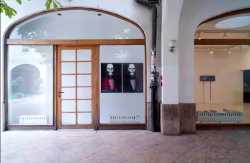 Galerija Nova
Zagreb
Galerija Nova
Zagreb
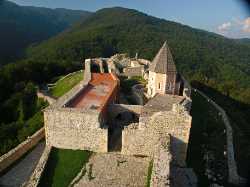 Medvedgrad Fortress
Zagreb
Medvedgrad Fortress
Zagreb
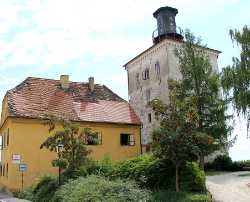 Lotrščak Tower
Zagreb
Lotrščak Tower
Zagreb
 Maksimir Park
Zagreb
Maksimir Park
Zagreb
 Botanical Garden of the Faculty of Science
Zagreb
Botanical Garden of the Faculty of Science
Zagreb
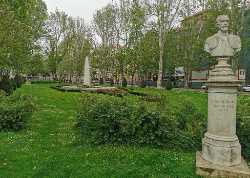 Zrinjevac Park
Zagreb
Zrinjevac Park
Zagreb
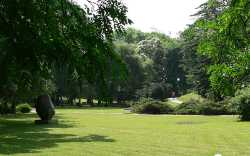 Ribnjak Park
Zagreb
Ribnjak Park
Zagreb
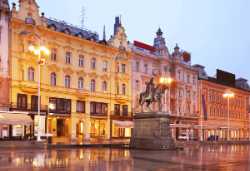 Ban Jelačić Square
Zagreb
Ban Jelačić Square
Zagreb
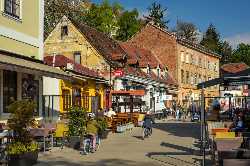 Tkalčićeva Street
Zagreb
Tkalčićeva Street
Zagreb
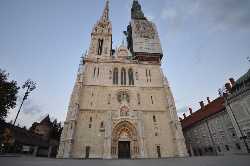 Zagreb Cathedral
Zagreb
Zagreb Cathedral
Zagreb
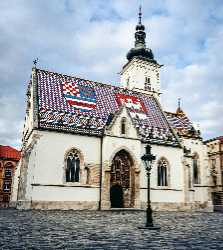 St. Mark’s Church
Zagreb
St. Mark’s Church
Zagreb
 St. Catherine’s Church
Zagreb
St. Catherine’s Church
Zagreb
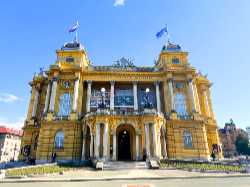 Croatian National Theatre
Zagreb
Croatian National Theatre
Zagreb
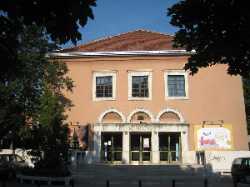 Komedija Theatre
Zagreb
Komedija Theatre
Zagreb
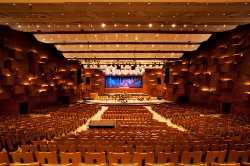 Lisinski Concert Hall
Zagreb
Lisinski Concert Hall
Zagreb
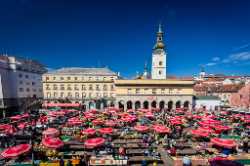 Dolac Market
Zagreb
Dolac Market
Zagreb
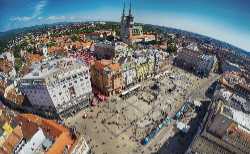 Zagreb 360°
Zagreb
Zagreb 360°
Zagreb
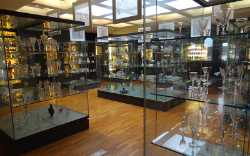 Museum of Arts and Crafts
Zagreb
Museum of Arts and Crafts
Zagreb
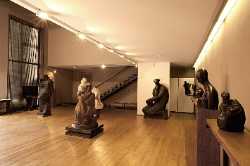 Meštrović Atelier
Zagreb
Meštrović Atelier
Zagreb
 Museum of Illusions Zagreb
Zagreb
Museum of Illusions Zagreb
Zagreb
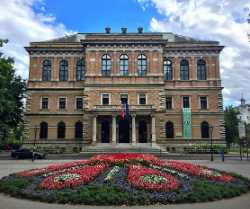 Strossmayer Gallery of Old Masters
Zagreb
Strossmayer Gallery of Old Masters
Zagreb
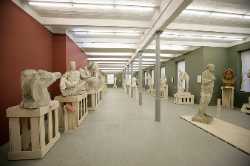 Gliptoteka HAZU
Zagreb
Gliptoteka HAZU
Zagreb
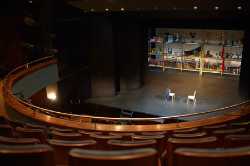 Gavella Drama Theatre
Zagreb
Gavella Drama Theatre
Zagreb
 Zagreb Youth Theatre
Zagreb
Zagreb Youth Theatre
Zagreb
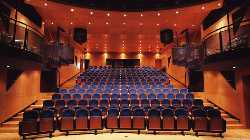 Zagreb Puppet Theatre
Zagreb
Zagreb Puppet Theatre
Zagreb
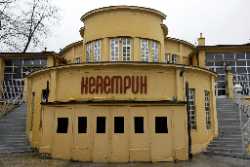 Satirical Theatre Kerempuh
Zagreb
Satirical Theatre Kerempuh
Zagreb
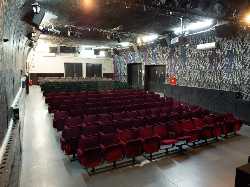 Teatar &TD
Zagreb
Teatar &TD
Zagreb
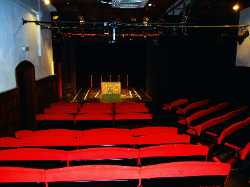 Mala Scena Theatre
Zagreb
Mala Scena Theatre
Zagreb
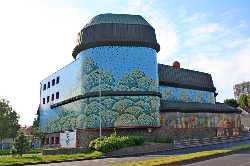 City Theatre Trešnja
Zagreb
City Theatre Trešnja
Zagreb
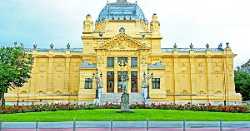 Art Pavilion
Zagreb
Art Pavilion
Zagreb
 Galerija Miroslav Kraljević
Zagreb
Galerija Miroslav Kraljević
Zagreb
 Galerija Greta
Zagreb
Galerija Greta
Zagreb
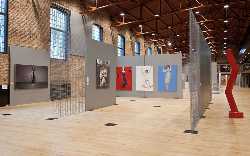 Lauba
Zagreb
Lauba
Zagreb
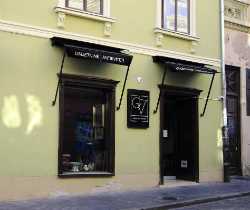 Vugrinec Gallery
Zagreb
Vugrinec Gallery
Zagreb